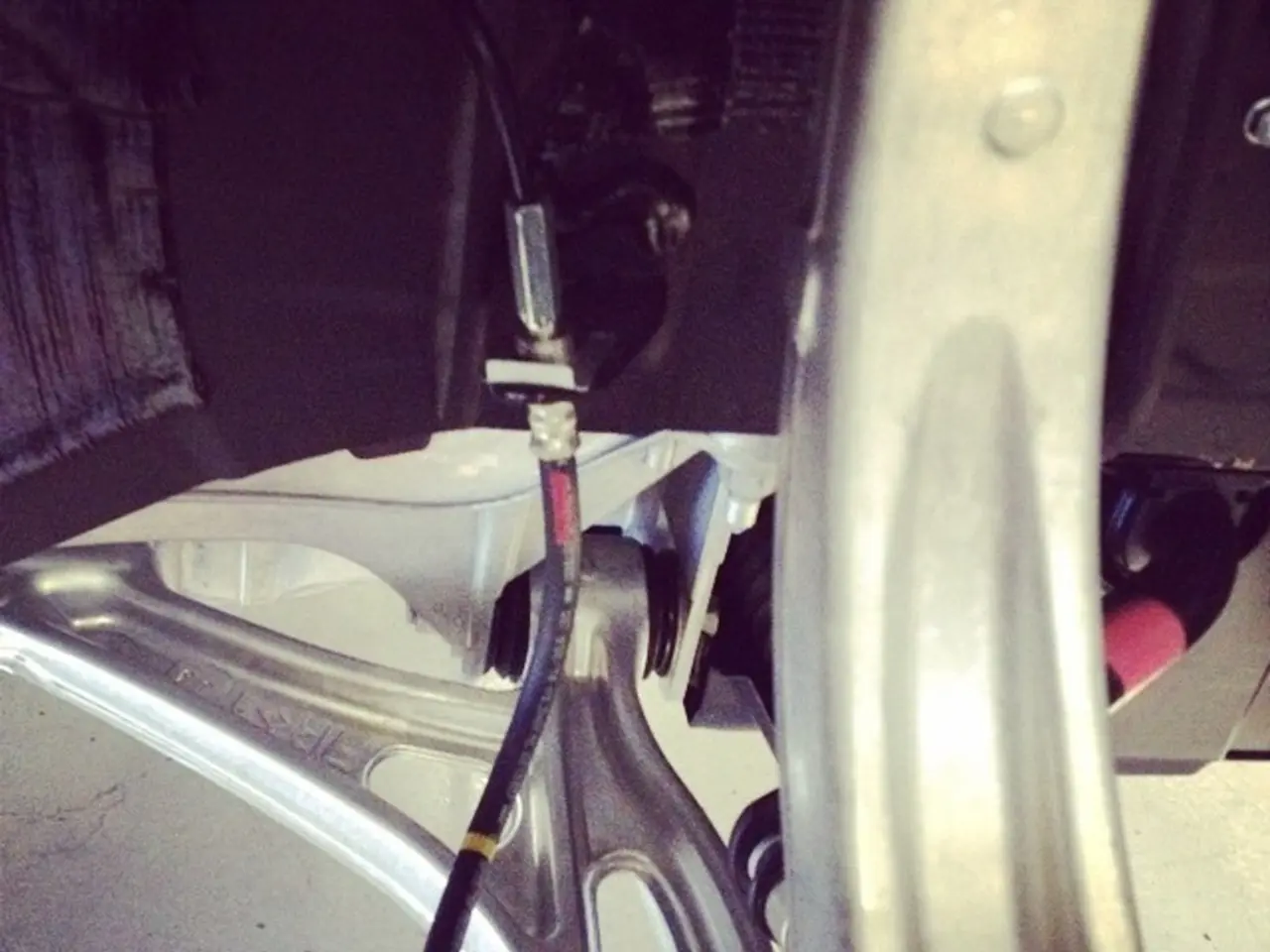Creating Metal Art Through Targeted Electroplating Process
In an intriguing development, a creative individual going by the name of [Ajc150] has embarked on a groundbreaking selective electroplating project. This innovative endeavour electrochemically prints images onto metal sheets, marking a significant departure from the more conventional methods of metal 3D printing, which are primarily used for cutting or removing metal.
The essence of the project lies in the way it utilises an electrolyte bath placed within the workspace of a modified CNC machine. [Ajc150] replaced the router of an inexpensive 3018 CNC machine with a nickel anode, and a flat steel cathode is laid in the electrolyte bath. The anode's movement, controlled by the CNC motion system, determines where the electroplating takes place on the metal sheet.
The longer a pixel's darkness in the image, the longer the electrode spends over the corresponding part of the metal sheet, resulting in a thicker layer of plated metal. When the anode moves close to a certain point on the steel cathode, most of the plating takes place there, creating a selective and precise process.
However, it's worth noting that the current algorithm does not take into account spillover between pixels being plated and their neighbours. This is an area that [Ajc150] aims to improve in the future.
The program uses a gamma correction function to adjust plating times, requiring setup recalibration after each change. This function ensures that the effect of electroplating is stronger the closer the anode is to the cathode, providing a level of control and precision to the process.
[Ajc150] has written a Python program to convert images into G-code instructions for the CNC machine, allowing for the creation of a wide range of designs. The system, while already capable of printing recognizable images, has room for improvement, and [Ajc150] plans to extend it to a faster multi-nozzle system in the future.
This selective electroplating technique shares similarities with metal 3D printing methods, particularly those that involve precise energy or electrode control, such as Direct Metal Laser Sintering (DMLS), Selective Laser Melting (SLM), and Electron Beam Melting (EBM). These methods can conceptually be run in reverse to achieve cutting, etching, or subtractive effects on metal.
Electrochemical Machining (ECM), while not typically classified as 3D printing, is the electrochemical reverse of electroplating, removing material from a metal workpiece by controlled anodic dissolution. This process parallels the selective electroplating running in reverse to cut or etch metal.
Although no detailed examples of commercially implemented reverse-run processes exactly like [ajc150]'s setup were found in the current sources, the principle stands across these metal additive processes. For more details about the selective electroplating project, you can visit the GitHub repository containing the project's information.
This DIY project by [Ajc150] demonstrates the integration of technology and data-and-cloud-computing in a unique way, as it employs a Python program to convert images into G-code instructions for a CNC machine. This DIY approach to selective electroplating, while not similar to traditional metal 3D printing, shares some elements with advanced technology in data-and-cloud computing, artificial-intelligence, and data processing.




